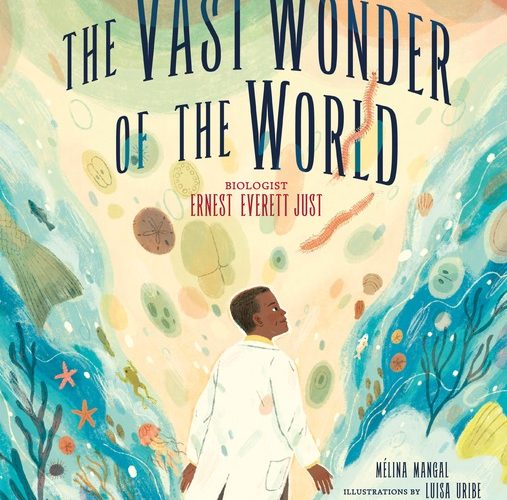New Archaeology Book for Kids Uncovers How Children Once Lived [Interview]
Q: How did you come up with the idea for this book? I’m curious what got you thinking specifically about the lives of kids long ago.
A: I’m an archaeologist, and I love finding evidence of children on sites I am digging. This inspired me to do more research about children in different time periods. I thought kids today would also be interested to learn about the lives of children in the past.
 |
| Interior page from Children of the Past showing archaeologists at work and artifacts |
Q: The book covers a range of places and time periods from “cave kids” in Western Europe 20,000 years ago to Native Americans in North America 1,000 years ago to escaped slaves Fort Mose, Florida, 250 years ago. If you could travel back in time to just one of these time periods, which would you choose and why?
A: Tough question. I would love to go back to any of these to see what their lives were like. Historical Archaeology means using materials people in the past used and left behind to figure out what was going on then. It would be fun to see if our analysis of those artifacts is anywhere near on target.
Q: What was the most surprising thing you learned while researching this book?
A: I would have to say the information I found about how kids frequented the caves. Art historians have done most of the work studying these caves, with archaeologists following them. Many people think the caves were mostly used for religious ceremonies. But we now realize children played in these caves and in the back, they drew their own crude pictures. This is a whole new revelation to me.
 |
| Interior spread from Children of the Past |
Q: Many American kids grow up today with multiple digital devices in their homes, access to on-demand TV and movies, and the world at their fingertips via the Internet. What do you think modern kids can learn from the lives of the children profiled in this book who grew up in very different circumstances?
A: I think kids are the same in all time periods. Kids today enjoy our kind of entertainments. Kids in the past enjoyed cave art, decorating pottery, making stone tools, and more. The main difference I found was that children in the past did activities as part of a family group. They contributed to the success of the family from a young age and must have felt much pride in their accomplishments. I tried to make this point in the book, and I hope kids today are struck by that.


